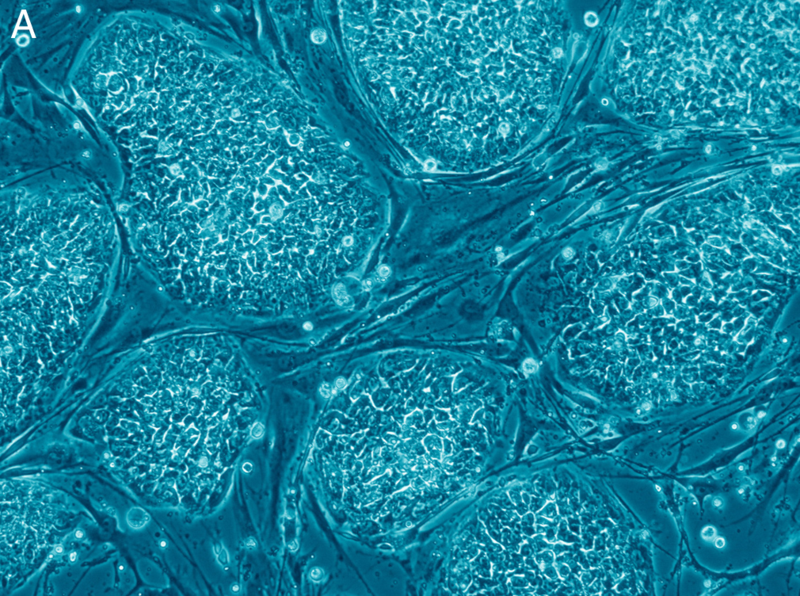Published in the Nature journal at the end of July, the article by Cassandra Willyard has gradually fuelled media interest. She revealed “amazing” projects carried out by several teams of international scientists who are creating “mini-organ” banks in an attempt to:
Propose an alternative to organ donation, which is limited by the number of donor.
“Directly observe organogenesis, which would otherwise be inaccessible in humans”.
- Create models to study diseases, especially cancers, and test therapeutic molecules.
These projects are not totally “science fiction” and have already got off the ground in The Netherlands and Austria.
“Mini organs” or “organoids” are “miniature versions of our organs”. The difficulty for scientists in developing these mini organs lies in obtaining a culture medium and applying “mechanical constraints” which allow various types of cells present in the organ and obtained from stem cells to arrange themselves in “layers or networks, like pieces in a 3-dimensional puzzle” to form “a draft organ” as opposed to “simple aggregates without any tissue structure”.
These studies “reproduce in vitro the mechanisms involved in organ development during embryogenesis”.They are based on research conducted over the “last thirty years” in animal embryo development. Jurgen Knoblich, from the Austrian Institute of Molecular Biotechnology, had developed “mini brains” with his team. As far as he is concerned, this does not require hypersophisticated biotechnology. We simply let the cells do what they want”. The same applies to Melissa Little, who has worked on developing “mini-kidneys” in Australia: “It’s not a big surprise: the embryo itself structures itself in a remarkable way. There is no need for a model or plan”.
Hervé Seitz, a scientist specialising in cell biology at the Montpellier Human Genetics Institute (IGH), expressed reservations, “We can dream of a method that, based on stem cells taken from the recipient, would allow us to create an organ ex vivo, in the laboratory, and then transplant it to the patient”. This method would offer the major advantage of circumventing the graft rejection problem but “we are still a long way off this result”. On the one hand this is due to the fact that the organoids obtained to date “are extremely different” from natural organs in terms of their size and internal structure. On the other hand, “only some specific organs have been copied into ‘organoids’ so far and a ‘recipe book’ to show us how to produce a certain organ from stem cells is still a pipe-dream”.
However, Hervé Seitz sees “a more realistic application for these organoids” in the test for therapeutic molecules. Michael Shen, who has worked on prostate organoids, explains, “These new models cannot entirely replace laboratory animals” because they cannot, for example, be used to “evaluate the impact of therapies on the immune system, for example”. The validation of experimental discoveries in an in-vivo system is still a rigorous test.
Hervé Seitz went on to enquire, “What would be the status of a piece of transplanted brain and how would the recipient’s identity be affected by this?” He fears, “in the mid-term”, a spin-off “which must be avoided by ensuring the reliability of the published results” since scientists were “not necessarily prepared” for the considerable pressure to which they exposed themselves in making these popular and “promising” discoveries.
Nature (30/07/2015) ; Le Monde (04/08/2015) ; Atlantico (10/08/2015)

